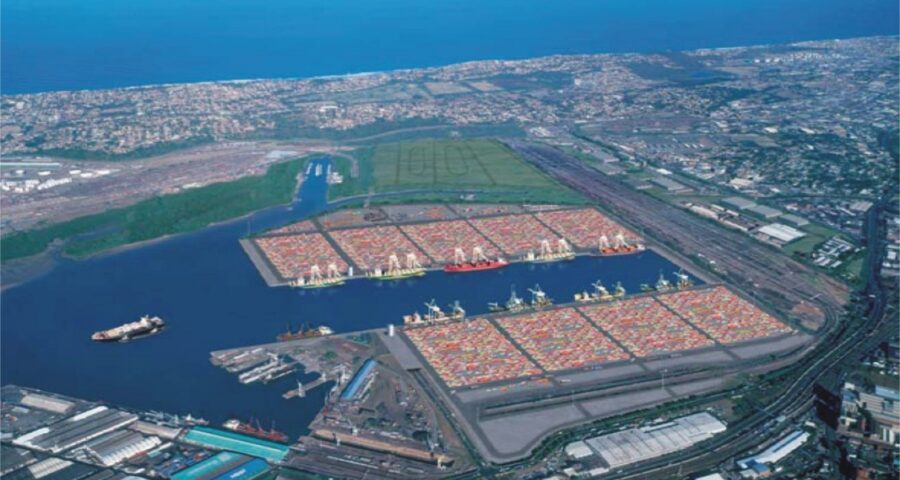The gateway and the hinterlands dynamics of African container port system is the subject of the recent study of PortEconomics co-director Theo Notteboom alond with Darren Fraser that published in the latest issue of African Journal of Business Management.
The Southern African container port system features a diverse range of different port types and sizes from five African countries. Collectively, ports in this region constituted a significant 40% market share of all container traffic through the African continent in 2005. One of the busiest container ports on the continent, the Port of Durban is located within the Southern African region. The region has seen strong port development in the last 15 years with new ports entering the market or existing ports expanding their supply.
Theo and Darren building further upon economic literature and empirical studies on port competition, competitiveness and on port geography literature on the development of port systems, with this study provide an academically-sound and policy-relevant assessment of the development paths of the Southern African container port system. The study includes a detailed container traffic analysis, applying the net shift model, for major container terminals in South Africa, Namibia, Mozambique, Madagascar and Mauritius from 1985 to 2010. Also the study discloses the level of concentration or deconcentration. Concentration/deconcentration factors applicable to the port system and its respective ranges are identified together with a port range developmental path (linear or non-linear) for each. As such, the paper complements earlier empirical research on European, North American and Asian port systems and thus contributes to advancing and broadening the methodological and empirical discussion on port system development.
You might download the authors’ version of the study: Gateway and hinterland dynamics: Southern African container seaports












